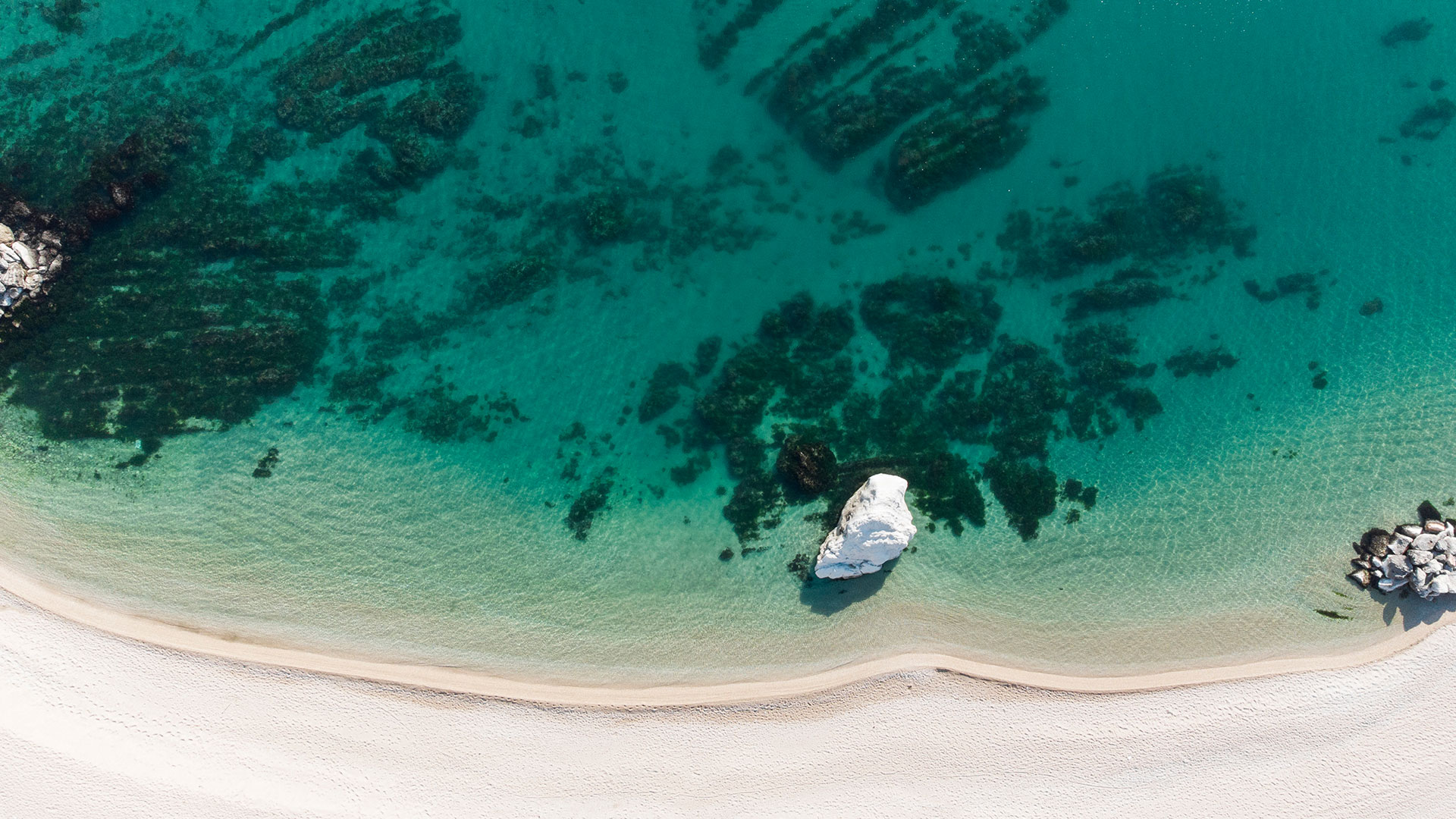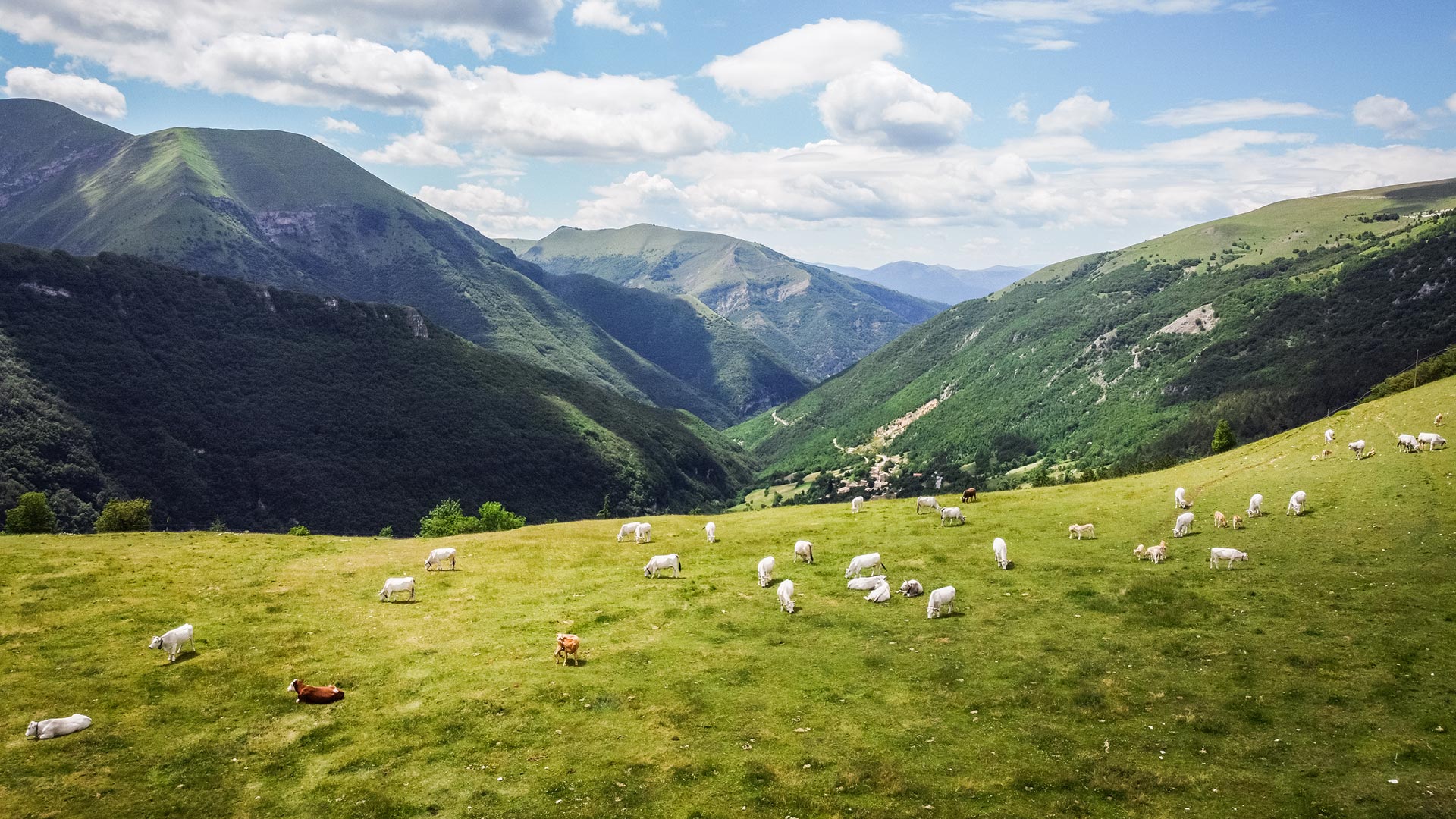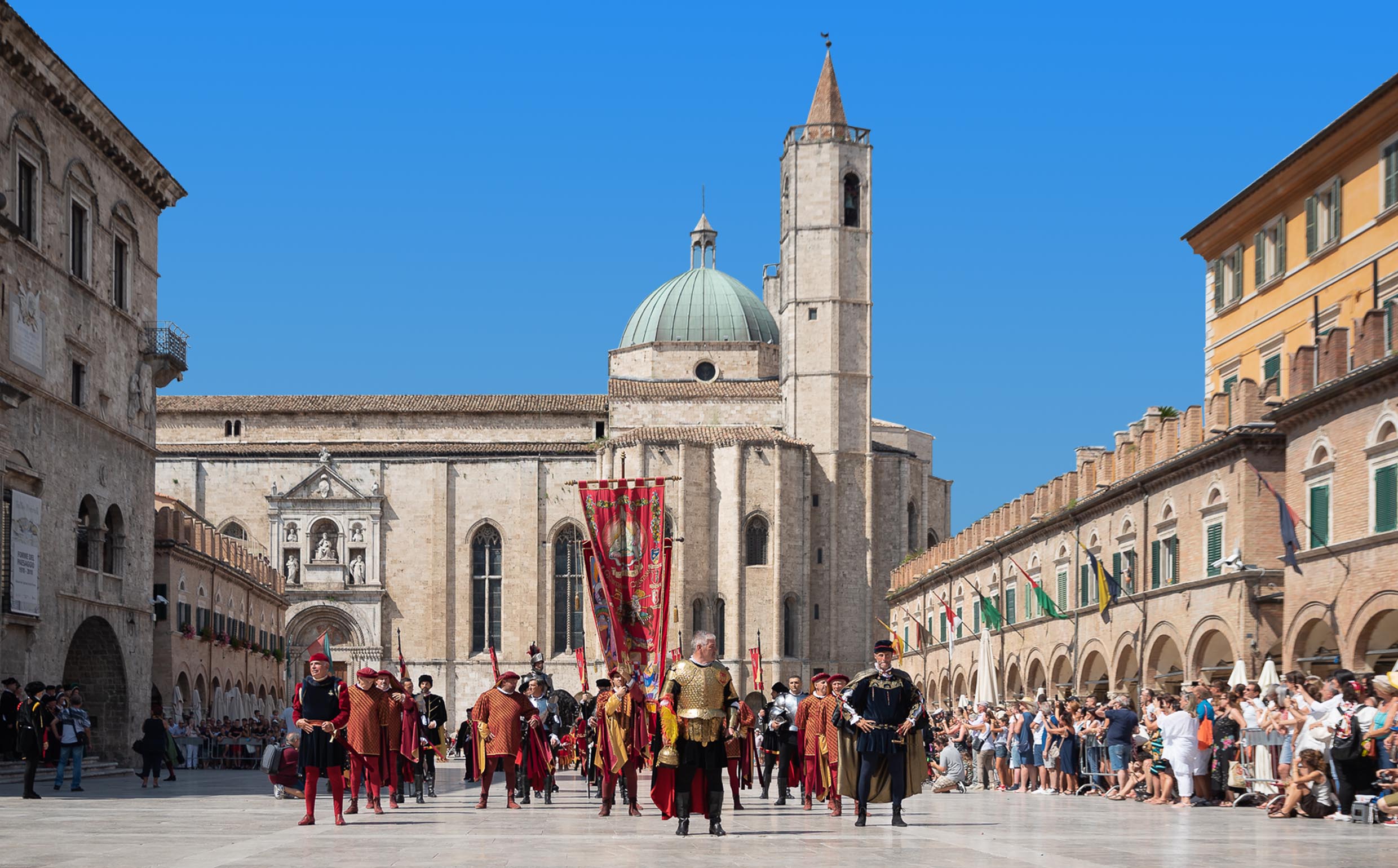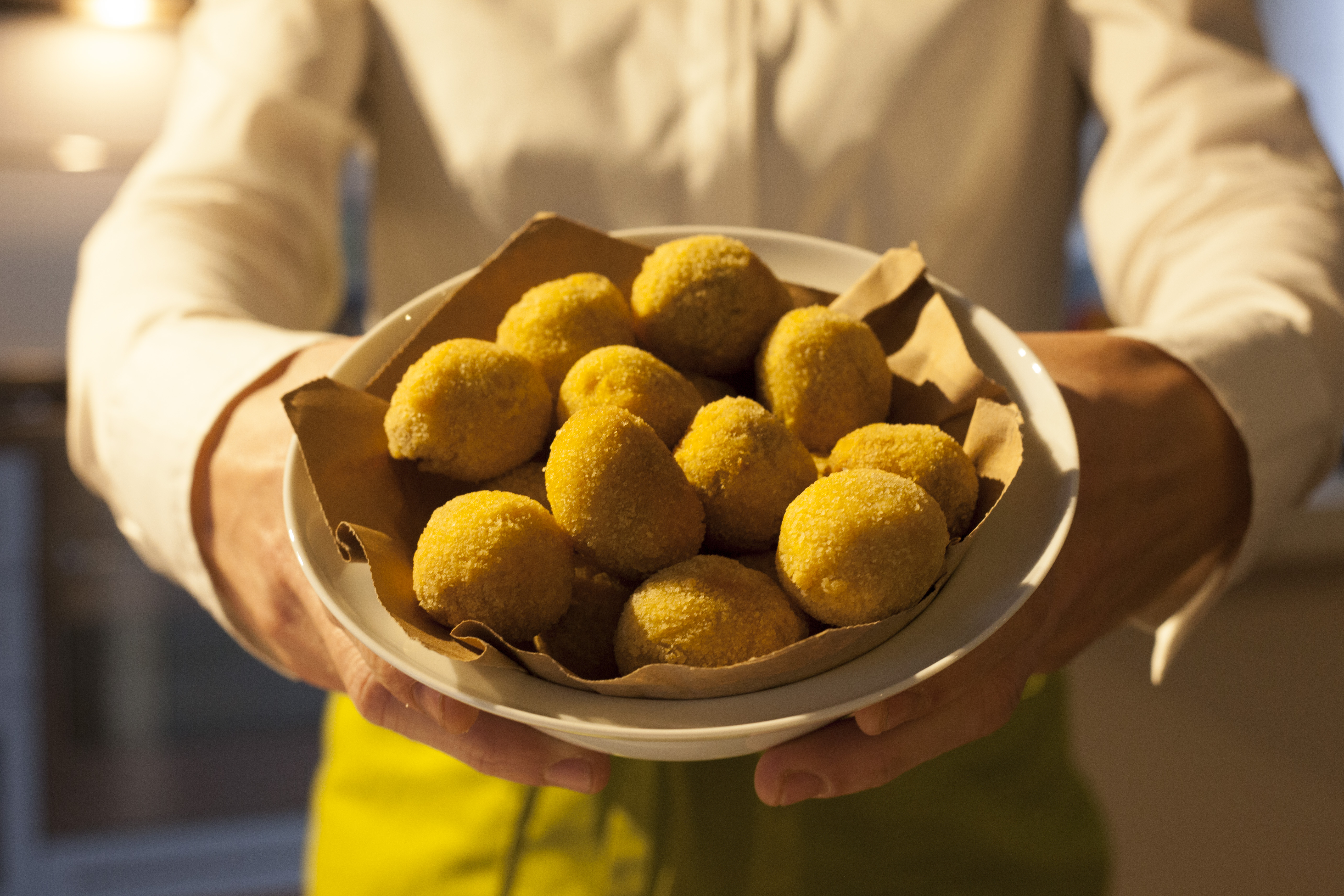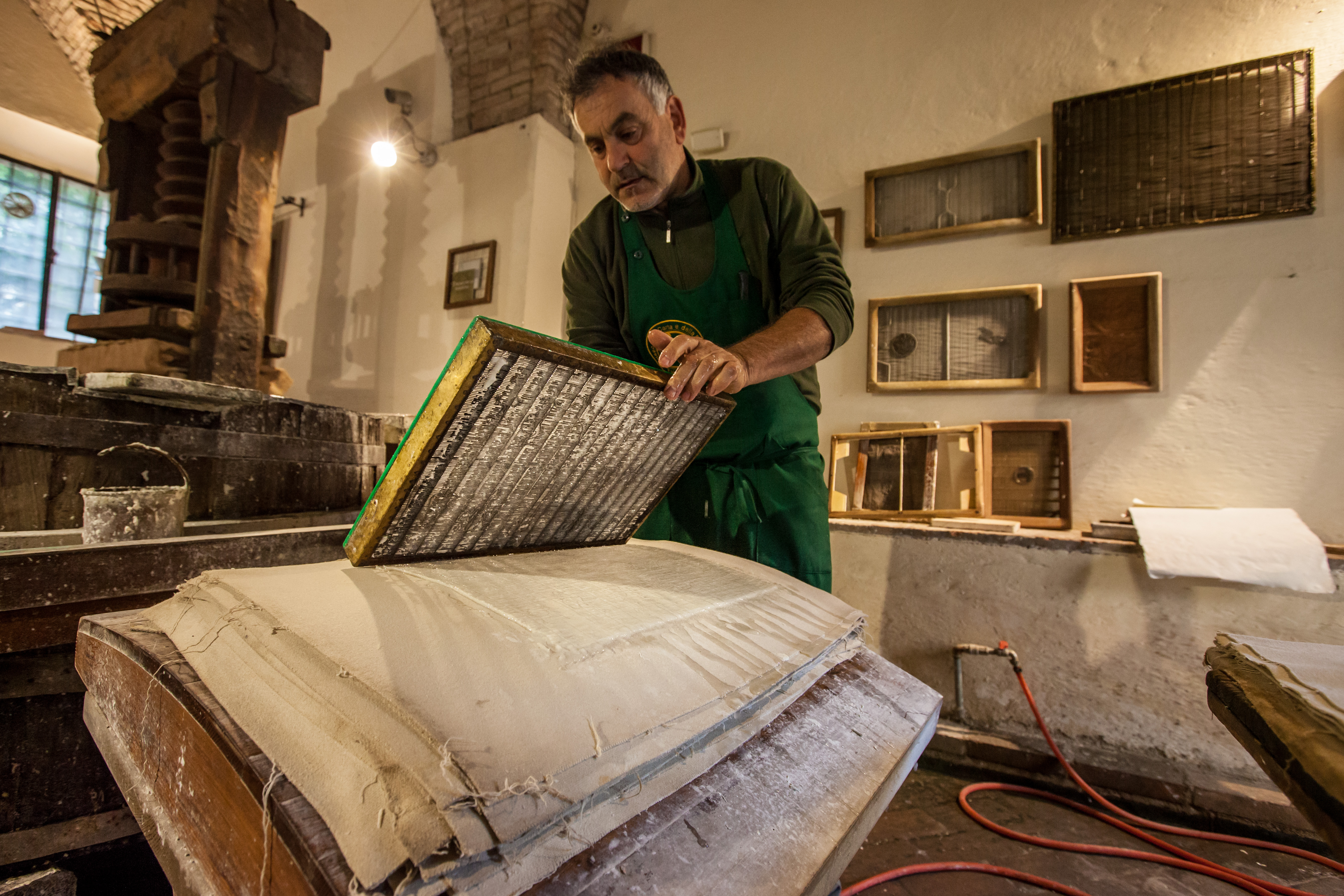Ancona - Marche Tourism
Back Ancona
Ancona
Ancona, the region's capital, is located on the central Adriatic coast.
SEA TOURIST OFFER: The city has several beaches. The most central is called Passetto, with large white rocks; gravel beaches are towards the south of Ancona. From Ancona, the first port of call is Portonovo, the smallest retreat on the Conero Riviera. The bay of Portonovo is one of the prettiest white pebbled beach on the whole of the Northern Adriatic shore. The strand is split in two by the Fortino Napoleonico, a squat, blank-eyed fort built in 1808 by Napoleon's Italian Viceroy to fight off English ships. It is now a most singular hotel. At the end of the road, where the evergreen oaks that smother the mountain come down to the sea, stands the early Romanesque church of Santa Maria. Built between 1034 and 1048, its curious form is unique in Italy and looks as if it might be more at home in Normandy. On the bay, often crowded, there are few restaurants with a breathtaking view balcony serving fish dishes. “Della Vela” beach is a spectacular beach with a rock, shaped like a sail. It's a free public beach, at the very end of the south versant of the bay. The beach of Mezzavalle adds a touch of wilderness and scenery to the beauties of the bay. To the north of the port of Ancona is the sandy beach of Palombina, with shallow sea water. To the southwest of the port of Ancona is the well equipped marina "Marina Dorica", including 1200 berths.
ATTRACTIONS: The most representative monument of Ancona is the Cathedral of San Ciriaco, a pleasant mix of Romanesque, Gothic and Byzantine syle, built on the foundations of a temple of the fourth century B.C. and a pre- Christian church. The most remarkable tourist attractions are: the Church of Santa Maria della Piazza, a masterpiece of Romanesque art, with its impressive facade ; the Arch of Trajan, a Roman arch erected in the first century A.D; the Church of San Francesco alle Scale, with its beautiful facade in Venetian Gothic style, the Mole Vanvitelliana, a former pentagonal fortress, buil by Vanvitelli and now hosting shows, art exhibitiosn and concerts in summer time; the Loggia dei Mercanti, with its Venetian-Gothic facade; the terrific Fountain of Calamus or Tredici Cannelle, a regimented row of 13 masked spouts. Must see attractions are also: the Municipal Art Gallery, which houses masterpieces of art made by Carlo Crivelli, Titian, Lorenzo Lotto and Guercino; the Museo Archeologico Nazionale delle Marche, an outstanding collection of antique nick-nacks - black and red Attic vases, Etruscan bronzes, and Iron Age jewellery; the Tactile Museum Omero, allowing the blind to approach art by touching life-size plaster casts of famous sculptures, architectural models of famous monuments, but also archaeological finds and original sculptures by contemporary artists.
The most popular dishes are the stoccafisso all'anconetana (salt cod) and the fish soup. The mosciolo selvatico ( wild mussel) from Portonovo, is protected by Slow Food Association. The most typical wine made in the area is Rosso Conero, a full-bodied red wine produced around the Conero peninsula. The most important events taking place in Ancona during the year include: the Fair of San Ciriaco ( May) and the "Adriatic Mediterranean Festival" (August/September), boasting artists from countries of the Adriatic and the Mediterranean areas.









